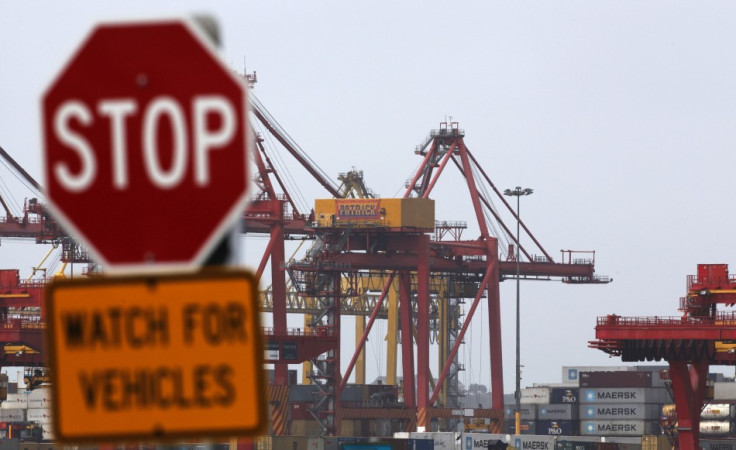Australia's Resource Export Earnings to See Moderate Decline in 2012-13
Earnings from resources and energy commodity shipments expected to drop to $193bn

Australia's export earnings are forecast to decline in the current financial year, though less-than-expected, due to weak prices and strength of the local currency.
In its quarterly report, the Bureau of Resources and Energy Economics (BREE) has said that earnings from resources and energy commodity exports could drop to A$186bn ($193bn/ £127bn) in 2012-13. The country's main commodity forecaster earlier predicted the export value at A$184bn.
"A forecast fall in the prices of key Australian mineral exports from their peaks in 2011, coupled with a high Australian dollar, is expected to result in a 3 percent decline in the nominal export value of resources and energy exports in 2012-13, relative to 2011-12," said BREE's Executive Director and Chief Economist, Quentin Grafton.
"The nominal value of mineral exports is projected to increase by about 15 percent from 2011-12 to 2017-18, but the real value of mineral exports in Australian dollars is expected to peak in 2014-15 at around $123bn".
He added that the volatility in iron ore prices witnessed in the past six months is a major cause of the lower export values. Iron ore prices have seen a 55 percent rise from the record low levels seen in September, but Grafton expects export earnings from it to fall 9 percent to A$57bn in 2012-13.
However, BREE expects an increase in earnings supported by the estimated growth in commodity volumes between 2013 and 2018. Export volumes of iron ore, thermal coal and metallurgical coal are forecast to rise at average annual rates of 10, 11 and 7 percent respectively.
The estimate comes as Australia's major miners warned this week that iron ore prices could remain under pressure due to weakness in Chinese demand.
Rio Tinto, the world second biggest iron ore producer after Brazil's Vale has said that it is expecting a downward pressure in the second half of 2013. BHP Billiton has indicated that prices are set to remain volatile as supply could exceed the moderating demand in China.
Meanwhile, Liquefied Natural Gas (LNG) is expected to be the major driver of export growth, projected to rise from 19 million tonnes in 2011-12 to 88 million tonnes in 2017-18, backed by improved investment in the sector. Earnings from LNG exports are estimated to rise from A$12bn in 2011-12 to around A$61bn in 2017-18, second only to iron ore in the country.
© Copyright IBTimes 2025. All rights reserved.





















